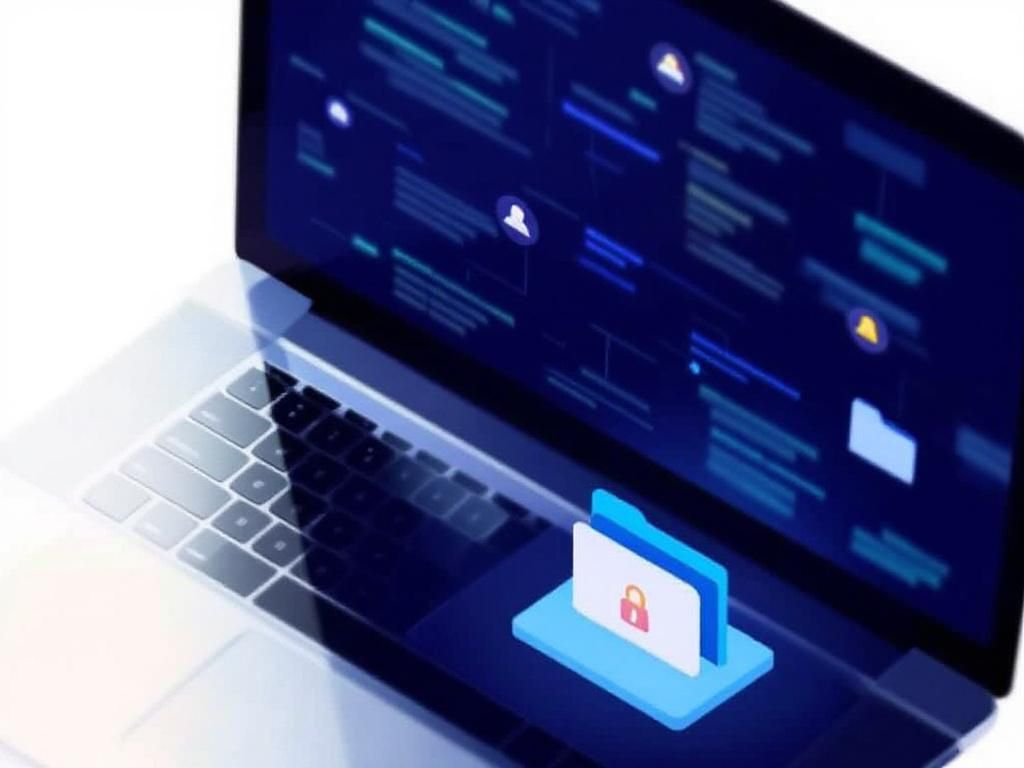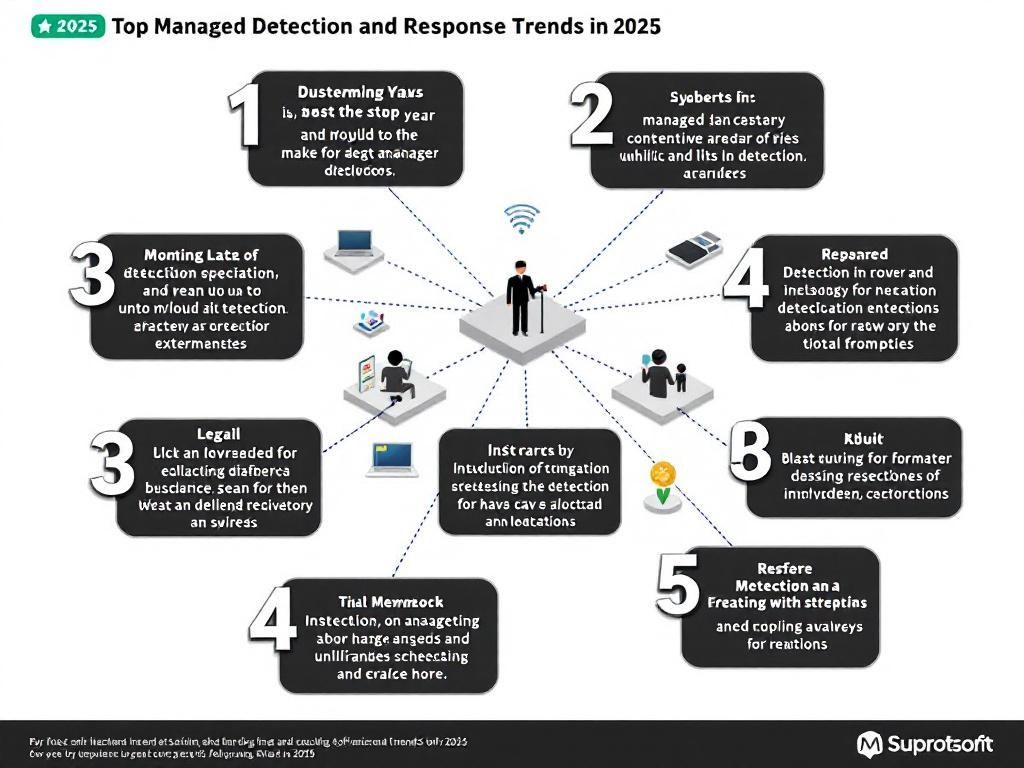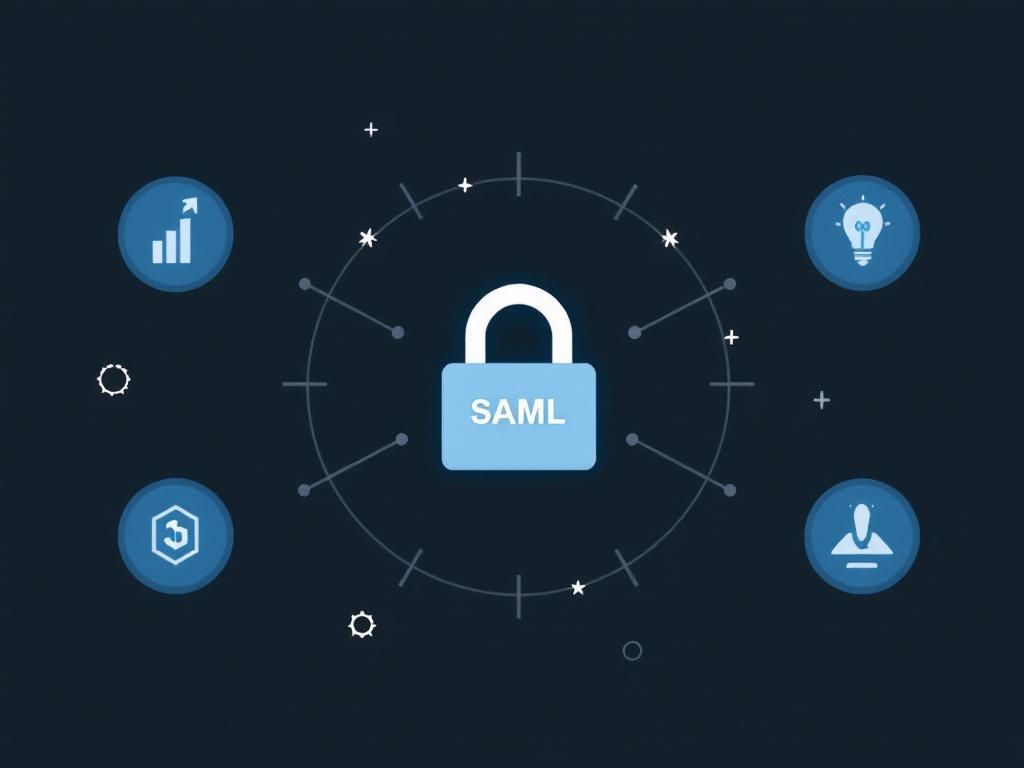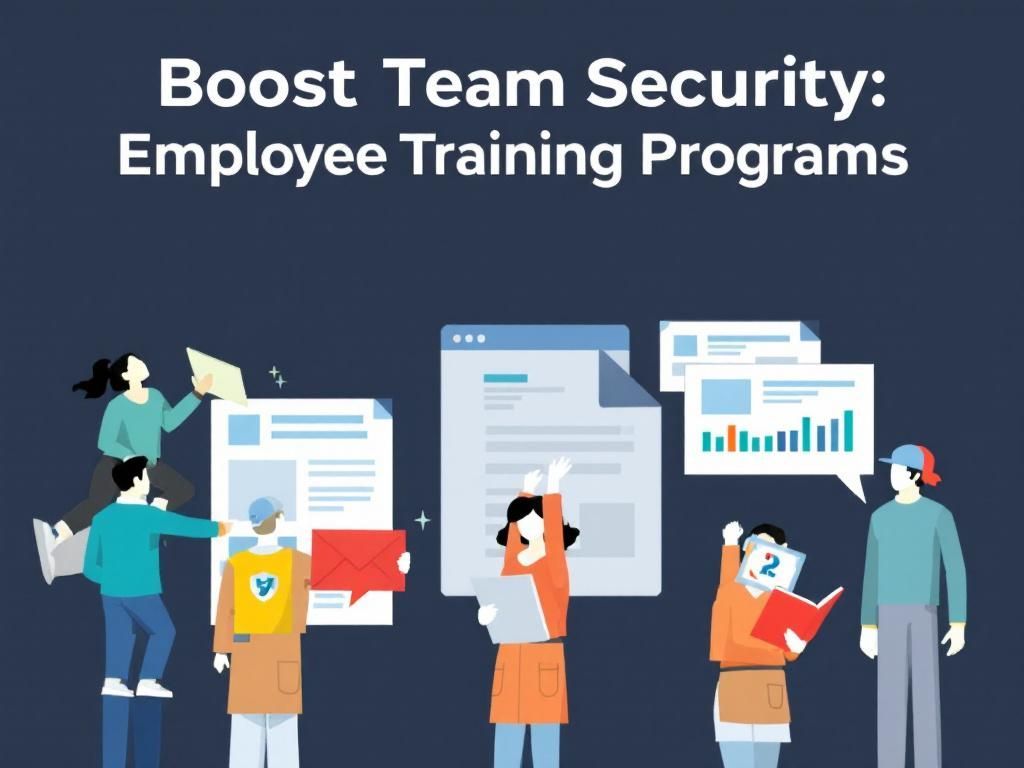Top Remote File Sharing Security Best Practices for 2025
Discover essential best practices for secure remote file sharing in 2025 to protect your sensitive data and enhance collaboration.

In an increasingly digital landscape where collaboration often transcends geographical boundaries, the security of remote file sharing has become paramount. As organizations continue to embrace remote work and cloud solutions, ensuring that sensitive information is shared securely is critical. This article explores the best practices for securing remote file sharing in 2025, equipping tech-savvy professionals with the tools and knowledge necessary to protect their data.
Table of Contents
Understanding Remote File Sharing
Remote file sharing refers to the process of transferring files over the internet. This can involve using various platforms, including cloud storage services, email, and dedicated file-sharing applications. While these tools enhance productivity and collaboration, they also pose significant security risks if not handled properly.
Why Security Matters
With the rise of cyberattacks and data breaches, securing remote file sharing is not just a precaution; it is a necessity. Key reasons to prioritize security include:
- Protection of sensitive data from unauthorized access.
- Compliance with legal and regulatory requirements.
- Maintaining trust with clients and stakeholders.
- Avoiding financial losses due to breaches.
Identifying Risks in Remote File Sharing
Before implementing security measures, it is essential to understand the risks associated with remote file sharing:
- Data Breaches: Unauthorized access to sensitive information.
- Malware Infections: Sharing files can spread malware if not properly scanned.
- Phishing Attacks: Attackers may use shared files to trick users into revealing personal information.
- Compliance Issues: Failure to adhere to data protection regulations.
Best Practices for Secure Remote File Sharing
Implementing robust security measures can mitigate risks significantly. Here are best practices to enhance the security of remote file sharing:
1. Use Encrypted Communication
Ensure that files are transmitted using secure protocols. Encryption protects data in transit and at rest, making it unreadable to unauthorized users.
2. Choose Secure File Sharing Services
Select cloud services that offer strong security features, such as:
| Service | Security Features |
|---|---|
| Google Drive | Two-factor authentication, encryption |
| Dropbox | End-to-end encryption, file recovery |
| OneDrive | Advanced threat protection, data loss prevention |
3. Implement Access Controls
Limit access to files based on user roles and responsibilities. Use the principle of least privilege to ensure that individuals have access only to the files necessary for their work. This approach helps in minimizing the exposure of sensitive data.
4. Regularly Update Software
Keep all software, including file-sharing applications, operating systems, and antivirus tools, up to date. Regular updates address vulnerabilities that could be exploited by attackers.
5. Train Employees
Conduct regular training sessions to educate employees about the risks of file sharing and best practices for security. Ensure they understand:
- Recognizing phishing attempts.
- Creating strong passwords.
- Safe practices when sharing files.
6. Monitor and Audit File Access
Regularly review who accessed what files and when. Monitoring access logs can help identify any unusual activity that may indicate a security breach.
Advanced Security Measures
For organizations with higher security needs, consider implementing the following advanced measures:
Multi-Factor Authentication (MFA)
Require users to provide multiple forms of verification before granting access to shared files. MFA significantly reduces the risk of unauthorized access.
Data Loss Prevention (DLP)
Implement DLP solutions to monitor and control data transfers. These tools can detect sensitive information and prevent unauthorized sharing or leaks.
Virtual Private Network (VPN)
Encourage the use of VPNs when accessing shared files over public networks. A VPN encrypts internet traffic, adding an additional layer of security.
Conclusion
As remote work continues to evolve, so too must our approach to file sharing security. By implementing the best practices outlined in this article, businesses can create a secure environment for collaboration that not only protects sensitive data but also fosters trust between stakeholders. In 2025 and beyond, embracing these practices will be essential for any organization aiming to thrive in a digital-first world.
FAQ
What are the best practices for remote file sharing security in 2025?
In 2025, best practices for remote file sharing security include using encrypted file transfer protocols, implementing multi-factor authentication, regularly updating software, using secure file sharing services, and educating employees about phishing attacks.
How can I ensure my files are encrypted during remote sharing?
To ensure your files are encrypted during remote sharing, use services that provide end-to-end encryption and verify that the file transfer protocols, such as SFTP or HTTPS, are in use.
What role does multi-factor authentication play in file sharing security?
Multi-factor authentication adds an extra layer of security by requiring users to provide two or more verification methods, making it harder for unauthorized users to access shared files.
Why is employee training important for remote file sharing security?
Employee training is crucial as it helps staff recognize potential security threats, such as phishing scams, and understand the importance of following security protocols when sharing files remotely.
What are the risks of using unsecured file sharing services?
Using unsecured file sharing services can expose sensitive data to unauthorized access, data breaches, and loss of confidential information, potentially leading to severe legal and financial consequences.
How often should I update my file sharing security measures?
You should regularly review and update your file sharing security measures at least quarterly, or whenever there are significant changes in technology or your organization’s needs.








